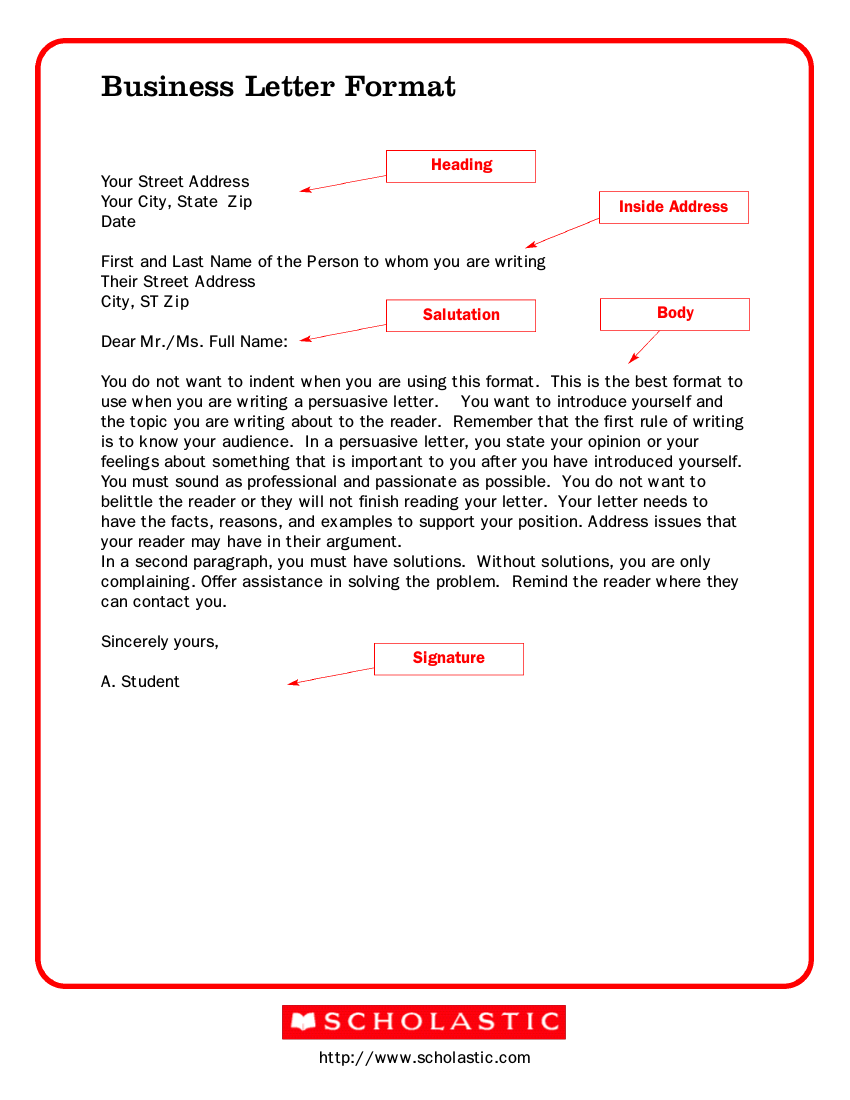Deciphering the Code of Formal Font Styles: Your Guide to Professional Letters
In the digital age, the art of letter writing might seem like a relic of the past. However, formal letters still hold significant weight in professional and official communication. From cover letters and resignation notices to legal documents and official correspondence, choosing the right typeface can make or break your message. Selecting a professional font style isn't just about aesthetics; it's about conveying respect, professionalism, and clarity. This guide delves into the nuances of formal font styles for letters, offering insights and best practices to ensure your written communications make the right impression.
What constitutes a "formal" font? While there's no single definitive answer, certain typefaces have earned their place as staples of professional correspondence. Think of fonts like Times New Roman, Arial, Calibri, and Garamond. These fonts are generally clean, easy to read, and convey a sense of seriousness. Conversely, fonts with excessive embellishments, overly stylized scripts, or playful designs are generally inappropriate for formal letters. Choosing an suitable font style demonstrates attention to detail and respect for the recipient.
The history of formal letter writing is intertwined with the evolution of typography itself. Early typefaces, often mimicking handwriting, gradually evolved into the more standardized forms we recognize today. The rise of printing technology further cemented the importance of clear, legible fonts for official documents and correspondence. Throughout this evolution, the emphasis on professionalism and clarity has remained a constant, shaping the conventions of formal font styles.
Why is the choice of typeface so crucial? The font you select for a formal letter significantly impacts its readability and perceived professionalism. A cluttered or difficult-to-read font can distract from your message and even convey a lack of seriousness. Conversely, a clean, professional font style enhances readability and reinforces the gravity of your communication. This is especially important in situations where first impressions matter, such as job applications or legal documents.
One of the main issues concerning formal fonts is striking the right balance between tradition and modernity. While classic fonts like Times New Roman remain reliable choices, contemporary options like Calibri offer a fresh, yet professional, aesthetic. Ultimately, the best choice depends on the specific context and the impression you wish to create.
Benefits of Using Formal Font Styles:
1. Enhanced Readability: Formal fonts prioritize clarity, making your letter easy to read and understand. For example, Arial's clean lines and even spacing contribute to its excellent readability.
2. Professional Image: A formal font immediately conveys professionalism and respect for the recipient. Using Times New Roman in a cover letter, for instance, signals a serious and professional approach.
3. Credibility Boost: Choosing a suitable font style adds credibility to your message. In legal documents, for example, using a formal font like Garamond reinforces the document's authority.
Best Practices for Implementing Formal Font Styles:
1. Consistency: Maintain a consistent font throughout your letter.
2. Appropriate Size: Use a standard font size, typically 12 points.
3. Avoid Excessive Styling: Refrain from using excessive bolding, italics, or underlining.
4. Consider the Medium: Choose a font that renders well both on screen and in print.
5. Context Matters: Tailor your font choice to the specific context of your letter.
Frequently Asked Questions:
1. What is the best font for a formal letter? While there’s no single “best” font, popular choices include Times New Roman, Arial, Calibri, and Garamond.
2. Should I use different fonts for headings and body text? It's generally best to maintain a consistent font throughout your letter.
3. What font size is appropriate for a formal letter? A 12-point font size is standard.
4. Can I use decorative fonts in a formal letter? Decorative fonts are generally discouraged in formal correspondence.
5. Is Times New Roman outdated? While traditional, Times New Roman remains a widely accepted formal font.
6. What is a good alternative to Times New Roman? Arial, Calibri, and Garamond are suitable alternatives.
7. Should I use a serif or sans-serif font for a formal letter? Both serif and sans-serif fonts are acceptable, depending on personal preference and context.
8. Where can I find more information about font styles? Numerous online resources and typography guides offer detailed information about fonts.
Tips and Tricks:
When in doubt, opt for a classic font like Times New Roman or Arial. Preview your letter before sending to ensure the font renders correctly. Consider the recipient and the context of your letter when choosing a font.
In conclusion, selecting the appropriate formal font style for your letters is more than just an aesthetic choice; it's a crucial aspect of professional communication. By adhering to best practices and choosing a clean, readable, and professional typeface, you ensure that your message is conveyed effectively and respectfully. The right font choice reinforces your credibility, enhances readability, and creates a positive impression on the recipient. Take the time to consider your audience and the context of your letter. By mastering the nuances of formal font styles, you elevate your written communication and project an image of professionalism and attention to detail. Embrace the power of typography and let your letters speak volumes, not only through their words, but also through their visual presentation. Choosing the right font is a simple yet powerful way to ensure your written communication makes the intended impact.
Whats in a name unveiling the secrets of last names in the usa
Unleash your badminton potential deciphering the yonex badminton string chart
Unleash your social media power mastering posting apps














